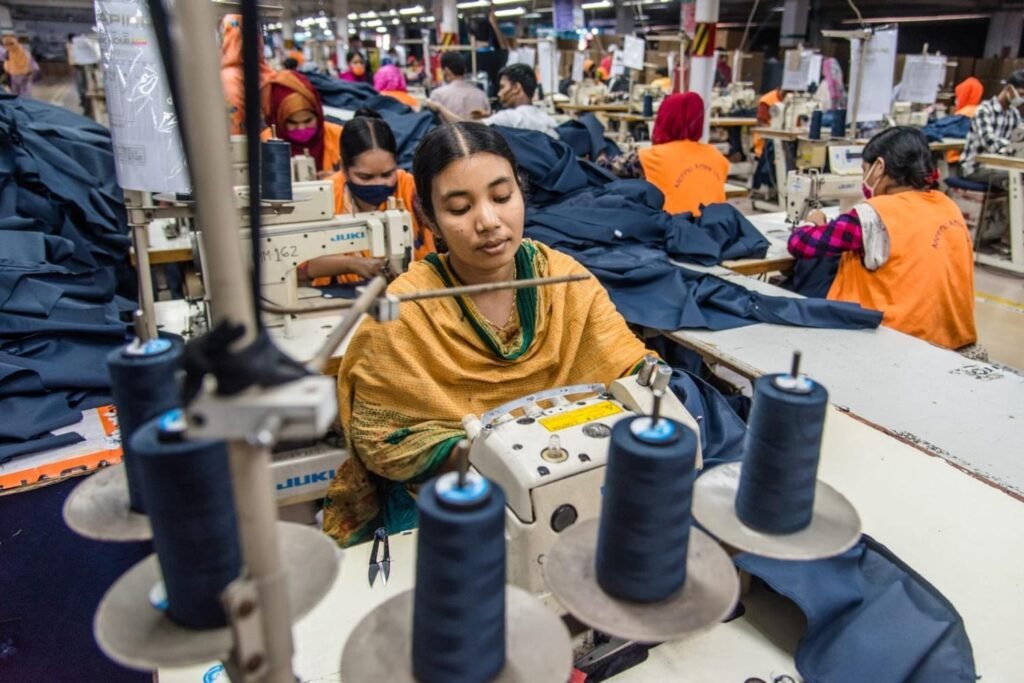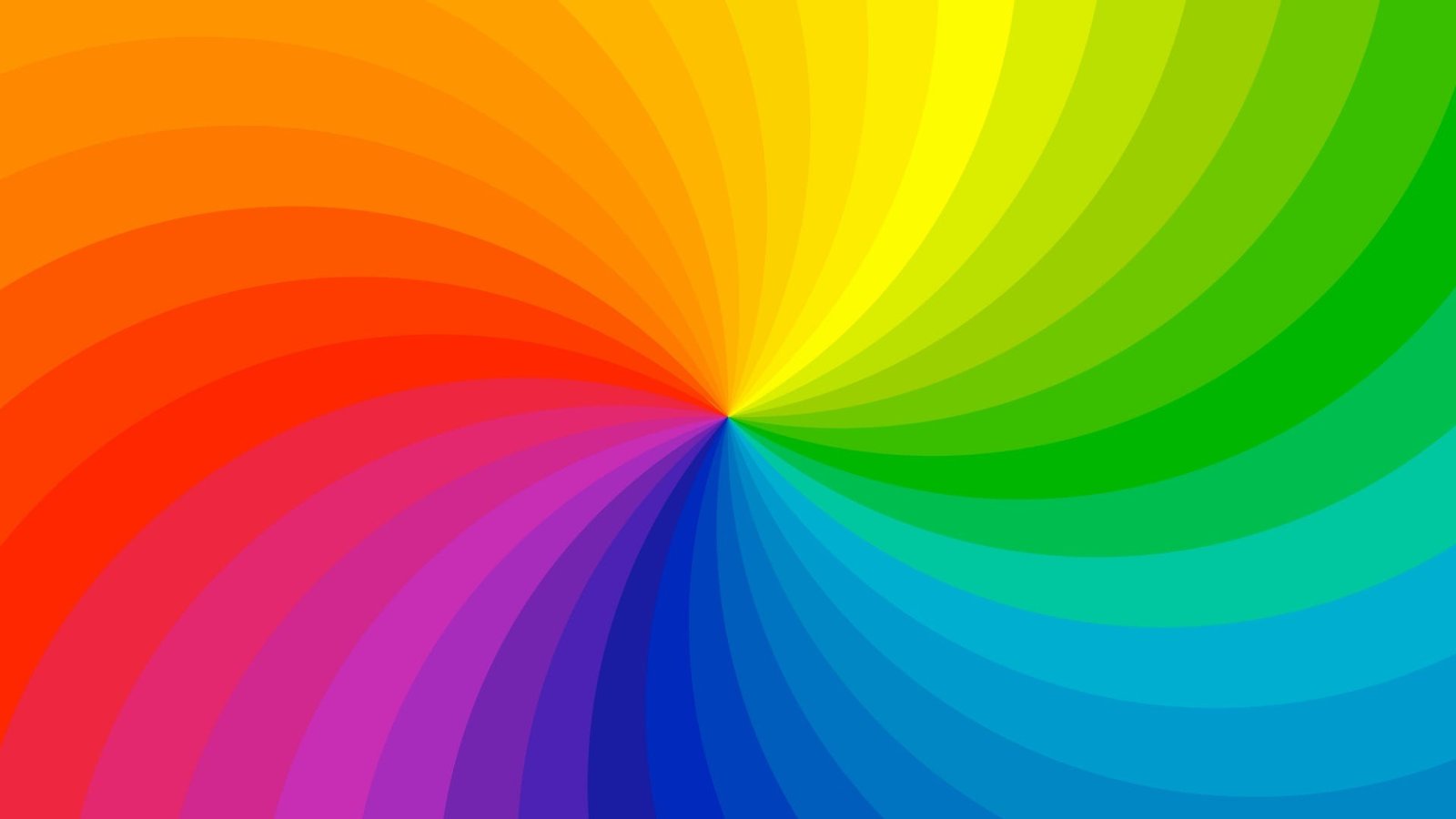
As we look ahead, it’s safe to say that the fashion landscape will be evolving in ways that might surprise you. By 2025, you’ll likely notice a shift towards vibrant colors and sustainable practices that reflect a more conscious consumer. With brands pushing the envelope on innovation, you’ll want to stay informed about the key pieces and themes that will define this era. What’s on the horizon for your wardrobe might just change the way you think about style altogether.
Key Colors for 2025
As we look ahead to 2025, you’ll want to keep an eye on the vibrant color palette emerging from the fashion scene.Expect vibrant blues to dominate collections, with labels like Chanel and Ralph Lauren showcasing striking cobalt and soft pastels. Minty greens will also make a splash, as seen at Miu Miu and Versace, blending youthfulness with boldness. Meanwhile, creamy neutrals from designers like Louis Vuitton will add sophistication and elegance, while deep maroons will offer rich contrasts in both casual and formal wear.
You’ll also notice the rise of honeyed neutrals, creating warm, inviting atmospheres. With warm earthy tones and invigorating greens, 2025 promises a dynamic and harmonious color experience that you won’t want to miss.

Sustainable Fashion Practices
The vibrant color palette of 2025 is just one aspect of the evolving fashion landscape; sustainable practices are becoming increasingly pivotal as brands respond to consumer demand for eco-consciousness.
You’ll notice a shift toward eco-friendly materials like organic cotton, hemp, and plant-based leathers, which reduce environmental harm. Brands are adopting zero-waste manufacturing and transparent supply chains, ensuring ethical sourcing and fair labor practices. Sustainability takes center stage, with brands integrating eco-friendly materials like organic cotton and recycled fabrics into 80% of their collections. The market for recycled textiles is projected to hit $8.3 billion by 2025. Technological innovation also shapes the industry, as digital-only collections and high-tech fabrics that self-repair gain traction.
Alongside these, cultural shifts emphasize individuality and diversity, moving towards opulent styles and a fondness for vintage clothing.
Finally, narrative-driven fashion emerges as a platform for activism, with designers using their collections to tell stories about pressing social and environmental issues.Together, these themes are redefining what fashion means today and in the future.
Market Trends in Apparel
How are today’s market dynamics reshaping the apparel industry? As global trade reconfigures, brands are diversifying sourcing strategies to align with sustainability goals and rising costs.
With economic deceleration in China, markets like India and Japan are gaining traction. You’re witnessing the emergence of AI-driven curation, transforming how consumers discover products.
Sustainability is no longer optional; 67% of shoppers prefer ethical brands, pushing companies to adopt circular fashion practices. The resale market’s growth reflects a shift toward eco-consciousness, with younger generations leading the charge.
Expect timeless designs and sustainable fabrics to dominate collections, as the industry stabilizes at low revenue growth rates. Ultimately, these trends signal a significant shift towards more responsible and innovative apparel practices.
Personalization and Customization
A growing number of consumers are embracing personalization and customization in fashion, seeking unique expressions of their individual styles.
With advances in AI-driven design, brands can analyze your preferences through data, crafting tailored recommendations that resonate with your tastes. This technology doesn’t just stop at fit; it empowers you to co-create garments that reflect your identity, thanks to 3D printing and digital templates.
Meanwhile, innovative techniques like waterless dyeing and upcycling are gaining traction, minimizing waste. As you embrace sustainable fashion, consider investing in high-quality, modular pieces that support a circular economy.
Technological Innovations in Clothing
In 2025, technological innovations are reshaping clothing in ways that blend functionality with fashion. Smart fabrics are at the forefront, featuring thermochromic and conductive materials that adjust to your needs and connect with wearable tech. Imagine wearing a jacket that regulates temperature or a shirt that monitors your heart rate. Digital fashion design, powered by AI, allows for instant creation based on past trends and your preferences, revolutionizing how clothes are made.
Virtual try-ons enhance your shopping experience, making it more interactive. Additionally, techwear is merging seamlessly with everyday attire, emphasizing sustainable innovations and futuristic designs. As these advancements continue, clothing will evolve into a more personalized, functional, and stylish experience that resonates with your lifestyle.
Trending Fashion Items
Clothing trends in 2025 reflect a dynamic fusion of technology and bold fashion statements, setting the stage for a vibrant season ahead. Maximalist jackets adorned with beads and brocade are back, pairing beautifully with ruffled floral chiffon skirts. Jeweled tops and asymmetrical skirts—popularized by Bottega Veneta—showcase the “more is more” attitude. Floral dresses with lace accents and hot pants are also set to dominate your wardrobe. Sustainable fabrics are on the rise, paving the way for personalized fashion through 3D printing. Expect to see vintage pieces thriving alongside boho chic styles.
Ultimately, animal prints will spice up outfits, particularly when mixed with aquatic influences, making 2025 a year of creative expression and conscious choices.
Influential Fashion Themes
As fashion evolves, influential themes are emerging that reflect both societal values and technological advancements.
As a result, customization now extends beyond mere adjustments—think bespoke designs that celebrate your individuality. The shift toward hyper-personalization enriches your shopping experience, making it more engaging and likely to lead to repeat purchases.
As brands harness AI to predict your needs, expect a future where your wardrobe is a true reflection of you.
Eco-Friendly Materials and Practices
In the evolving landscape of fashion, eco-friendly materials and practices are increasingly taking center stage, reshaping how brands connect with consumers. You’ll find organic cotton, which cuts water usage by 91%, becoming a staple in many collections. Brands like Patagonia and Zara are embracing recycled polyester, transforming plastic waste into stylish garments, markedly reducing landfill impact.
Plant-based dyes and innovative alternatives to leather, like mushroom and pineapple, are also on the rise, reflecting a commitment to sustainability. Circular fashion initiatives, including second-hand and upcycled options, are gaining traction, allowing you to enjoy unique styles while minimizing your environmental footprint.
Conclusion
As you step into 2025, expect fashion to be a vibrant blend of bold colors and sustainable practices. Imagine wearing a stunning cobalt blue jacket made from recycled materials, perfectly paired with modular pieces that adapt to your style. Brands like Miu Miu and Versace are leading the charge, merging innovation with individuality. By embracing these trends, you’ll not only elevate your wardrobe but also contribute to a more eco-conscious fashion future. Get ready to express yourself like never before!
